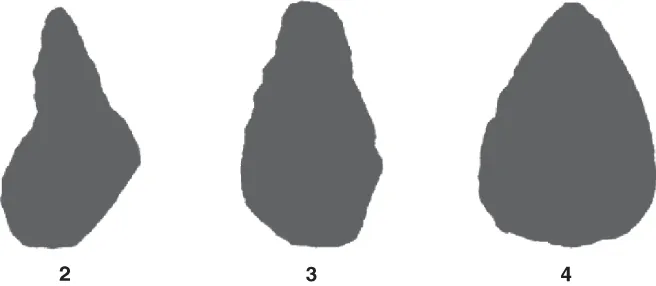
- English
- ePUB (mobile friendly)
- Available on iOS & Android
About This Book
Written in a clear and understandable manner, this book provides a comprehensive, yet non-mathematical, treatment of the topic, covering the basic principles of symmetry and the important spectroscopic techniques used to probe molecular structure.
The chapters are extensively illustrated and deal with such topics as symmetry elements, operations and descriptors, symmetry guidelines, high-fidelity pseudosymmetry, crystallographic symmetry, molecular gears, and experimental techniques, including X-ray crystallography and NMR spectroscopy. As an additional feature, 3D animations of most of the structures and molecules covered are available online at wiley.com. As a result, chemists learn how to understand and predict molecular structures and reactivity.
Authored by a renowned expert with numerous publications and an excellent track record in research and teaching, this is a useful source for graduate students and researchers working in the field of organic synthesis, physical chemistry, biochemistry, and crystallography, while equally serving as supplementary reading for courses on stereochemistry, organic synthesis, or crystallography.
Frequently asked questions
Information
Chapter 1
Symmetry/Pseudosymmetry: Chirality in Molecules,in Nature, and in the Cosmos
1.1 Introduction






1.2 Rudimentary Group Theory, Isometry, and Symmetry

Table of contents
- Cover
- Title Page
- Related Titles
- Copyright
- Table of Contents
- Dedication
- From the Author's Desk
- Chapter 1: Symmetry/Pseudosymmetry: Chirality in Molecules,in Nature, and in the Cosmos
- Chapter 2: Enantiospecificity of Pheromones, Sweeteners, Fragrances, and Drugs
- Chapter 3: Bonding Parameters and the Effect of Local Environment on Molecular Structure
- Chapter 4: Historical Development of Structural Chemistry: From Alchemy to Modern Structural Theory
- Chapter 5: Chiroptical Properties
- Chapter 6: Symmetry Comparison of Molecular Subunits: Symmetry in Nuclear Magnetic Resonance Spectroscopy and in Dynamic NMR
- Chapter 7: Prochirality, Asymmetric Hydrogenation Reactions, and the Curtin–Hammett Principle
- Chapter 8: Stereogenic Elements, Chirotopicity, Permutational Isomers, and Gear-Like Correlated Motion of Molecular Subunits
- Chapter 9: Symmetry in Extended Periodic Arrays of Molecular Crystals and the Relevance of Penrose Tiling Rules for Nonperiodic Quasicrystal Packing
- Chapter 10: Multiple Molecules in the Asymmetric Unit, “Faking It”; Pseudosymmetry Emulation of Achiral Higher Order Space Filling in Kryptoracemate Chiral Crystals
- Chapter 11: Platonic-Solid Geometry Molecules and Crystallographic Constraints upon Molecular Geometry, Symmetry Distortions from Ideality
- Chapter 12: Solid-State NMR Spectroscopic/X-Ray Crystallographic Investigation of Conformational Polymorphism/Pseudopolymorphism in Crystalline Stable and Labile Hydrated Drugs
- Chapter 13: NMR Spectroscopic Differentiation of Diastereomeric Isomers Having Special Positions of Molecular Symmetry
- Chapter 14: Stereochemistry of Medium Ring Conformations
- Chapter 15: The Pharmacophore Method for Computer Assisted Drug Design
- Chapter 16: The X-Ray Structure–Based Method of Rational Design
- Chapter 17: Helical Stereochemistry
- References
- Index
- End User License Agreement